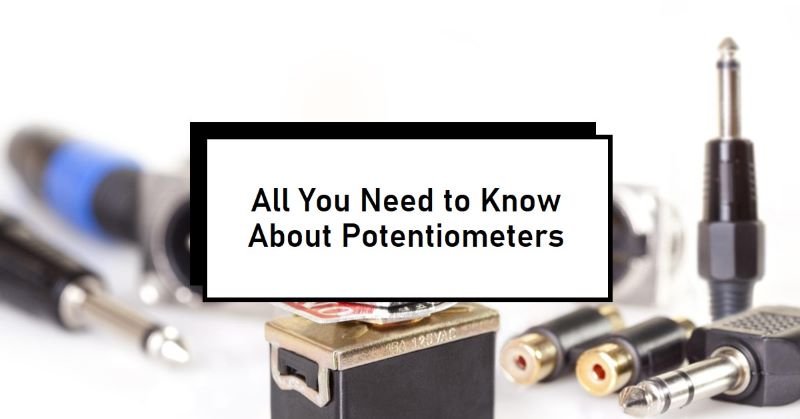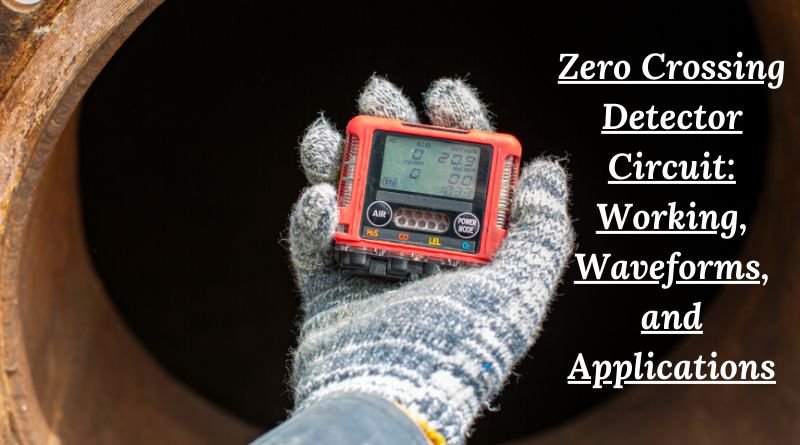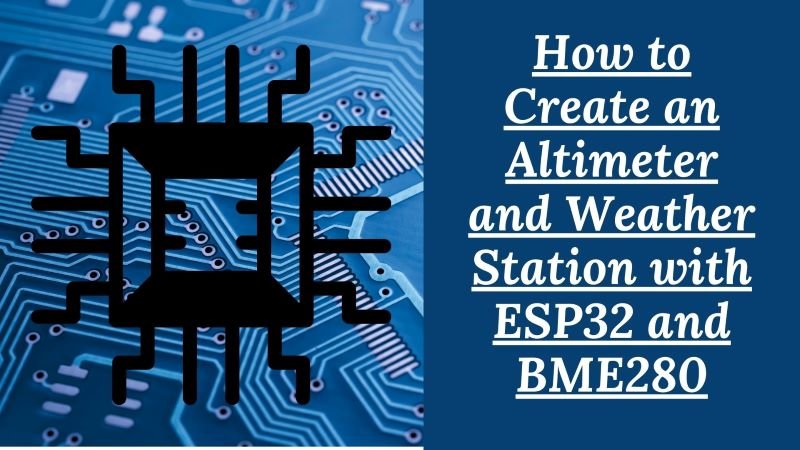How to Test and Diagnose a Hard Start Capacitor
Testing capacitors with an external load allows solving the trouble of electric motors starting in some electric systems. They assist in overcoming initial resistance encountered during motor start by providing an extra power boost with a hard start capacitor, also called a start capacitor or compressor capacitor.
A hard start capacitor can, however, deteriorate over time or become faulty. Identifying potential problems with the capacitor will help you determine if the motor will perform properly. The purpose of this article is to provide a comprehensive guide on How to Test a Hard Start Capacitor and completely diagnose it. This step-by-step guide will enable you to assess a capacitor’s condition and decide whether or not to repair or replace it.
What is a Hard Start Capacitor?
Due to the fact that they jumpstart your unit, hard start kits are also known as jumpstart kits. Condensing units located far from air handlers need an extra boost to operate properly. A condensing unit that is far from the cooling system has a harder time working. When units are overworked, they tend to fail.
The amazing hard start kit comes into play when the unit turns on for the first time. By replacing this small part, you can prevent your compressor from failing in the future, saving you thousands of dollars.
Design and Construction
Electrical energy is stored in a hard start capacitor and released rapidly when needed. It provides an additional burst of power during startup by connecting parallel to the primary starting winding. In this way, the motor is less stressed and is able to start smoothly and reliably every time.
In contrast to a regular run capacitor, a hard start capacitor is constructed differently. The start capacitor and the run capacitor are typically connected together. Run capacitors improve motor efficiency during operation, while start capacitors provide extra power during startup.
Single-phase motors that require high torque to start are commonly equipped with hard start capacitors. When the motor is aging and struggling to start, or when high ambient temperatures and low power supply voltage are present, they can be particularly beneficial. Hard start capacitors have the advantage of extending motor lifespans. Overheating and possible winding damage can be prevented by reducing strain during startup. As well as reducing flickering and dimming when electric motors start, it can also improve the comfort of the home.

How to Test a Hard Start Capacitor With a Multimeter
If you want to know How to Test a Hard Start Capacitor, then you can use the device known as Multimeter. This device is best for testing any kind of capacitor easily. Step-by-step instructions for performing this test are provided below:
Identify the Capacitor: The start capacitor must be located before testing can begin. Metal or plastic housings are used to contain most capacitors in motors for compressors.
Using a Screwdriver: When using a screwdriver with an insulated handle, you should wear gloves to ensure your safety. Any possible electric shocks will be prevented during the testing process.
Set the Screwdriver’s Shaft on the Positive Terminal: Positive terminals of start capacitors can be identified. Red wires or the “+” symbol are typically used to mark this component. The screwdriver’s metal shaft should be gently touched against the positive terminal.
Negative Terminal Can Be Tapped With a Screwdriver: A black wire or a “-” symbol usually indicates the negative terminal of the capacitor. Make a quick tap on the negative terminal with the tip of the screwdriver. As a result, the capacitor is discharged of any residual charge;
Getting Rid of Residual Charge: Immediately following its tap on the negative terminal, the screwdriver’s shaft should remain on the positive terminal. The capacitor can then be discharged of any residual charge.
Using a Multimeter: The capacitance (F) mode of your multimeter should be selected. An F-shaped or Cap-shaped symbol is commonly displayed on the multimeter’s display or dial to indicate this mode.
Probe Placement: Make sure the red probe is connected to the positive terminal and the black probe to the negative terminal of the capacitor. A secure connection between the probes and the terminals should be ensured.
Reading Comparison: Use a multimeter to measure the capacitance value. A manufacturer’s specified acceptable range should be followed. A defective or bad capacitor must have a capacitance reading that is significantly higher than expected.
Final Thoughts
The purpose of a hard start capacitor is to provide an extra boost of power during motor startup. It helps overcome the initial resistance and enables smooth and reliable motor starting and much more. So if your hard capacitor is not running and you want to know How to test a Hard Start capacitor easily, then make sure to read our article! It’s going to help you alot in diagnosing the problem of your capacitor and fixing it.








